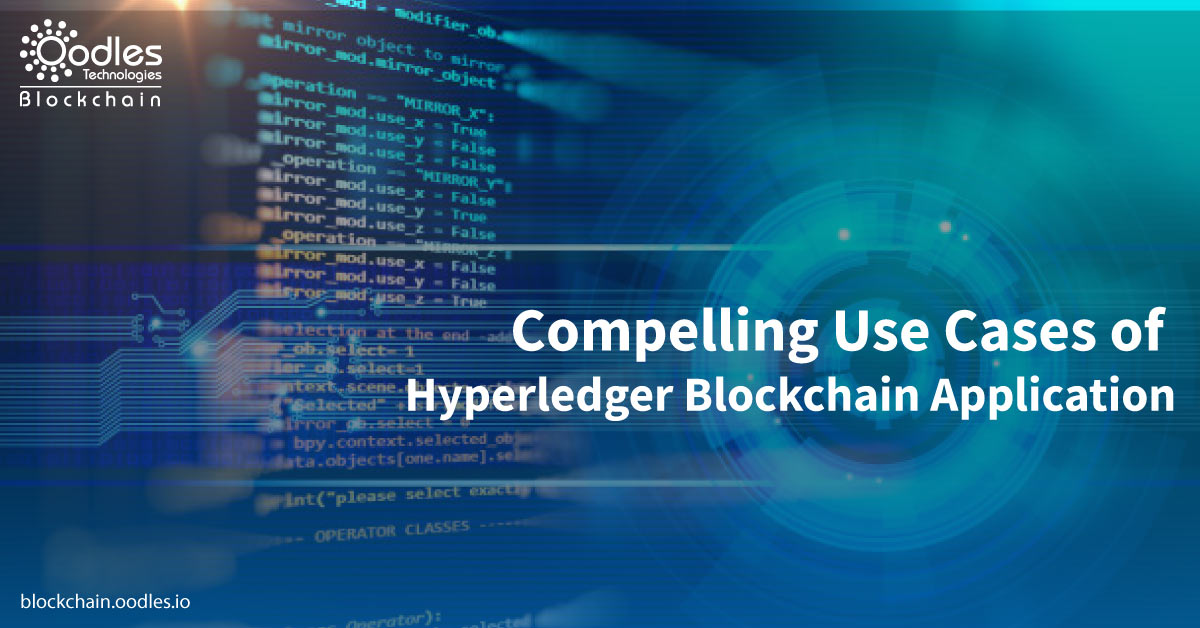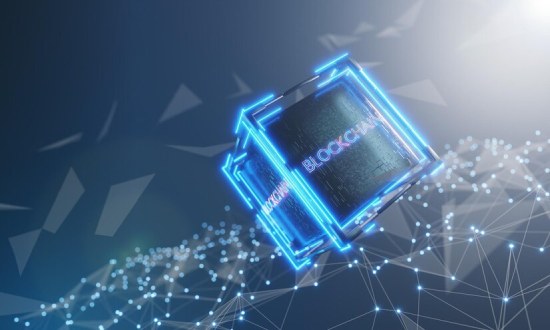-
Several industries can streamline and enhance their legacy processes with blockchain-enabled features like reduced risk, and increased time and cost-efficiency. They not only can optimize operations efficiency but also form new innovative revenue models.
Blockchain as the Panacea
Every business transaction involves intermediary authenticators, for instance, banks or credit card companies, between the buyer and seller. It causes friction, and delays as well as a leaves a central point of failure for hackers.
However, blockchain can prove to be a panacea for such issues. Blockchain records transaction details in a tamper-proof with permissioned data access and control. It provides a platform to exchange value, including invaluable information and transactions, with security, transparency, and no intermediary dependence.
Hyperledger Frameworks: Revolutionizing Industries
Banking: Loan Applications
Before lending loans to applicants, banks collect their personally identifiable information (PII) like DOB, annual earnings, government ID, passport number, and the like. While gathered for identity verification, they also use PIIs to assess applicants credit rating. Besides, regulatory authorities require certain PIIs to be shared with them, for instance, money laundering and other fraud checks. But, the issue arises when banks hold chunks of PIIs in centralized servers. It exposes users' information to hacks and makes them a juicy target for hackers.
Applying a loan isn’t much pleasure for borrowers, too.
The process is interfering and tedious and involves several steps of authentication for each fresh application.
Enhancing the Process with Hyperledger Indy
Hyperledger Indy offers a unique identity solution in such use cases.
With Indy, loan applicants can share particular information the banks require to make a decision, in a way that assures truth, creates confidence in the lender and settles obligations from regulators.
Anyone trying to apply for a loan can submit their applications to 100 different lenders in milliseconds. That's too without sharing any sensitive data into a possibly hackable database.
Instead of revealing any PII, applicants can use zero-knowledge proofs for validating that:
- They are above the minimum age limit,
- Their income on last year’s taxes surpassed a particular threshold,
- They have a valid government ID number
- And, that their credit score reached a set threshold within the
past week.
Solid, distributed ledger-based identity builds a worldwide source of truth, which addresses value to many parties.
Applicants can show their consent, and everyone can come to an agreement on when and how it was given.
Also, banks can conform to ordinances and present a changeless audit trail.
Consequently, the market can operate flawlessly: Banks can offer loans with trust and confidence. And, applicants can adequately protect their PII.Alternative Hyperledger Blockchain Applications to Increase Strength
This use case of Hyperledger Blockchain Applications can be more compelling if we add strengths of other Hyperledger projects.
For instance, Hyperledger Burrow can convert loan applications into smart contracts and connect them with strong identities as a seamless next step.
And Hyperledger Fabric can encourage a membership system by associating to the pre-existing, self-sovereign identification on the loan application.
Healthcare: Providing Physicians with Credentials
Although the applicabilities of Blockchain in healthcare are being explored, one sure shot is that the technology promises to reduce complexity in one of the modern medical practices called credentialing.
Hospitals make use of the credentialing process to ensure that the assigned physicians are competent and trustworthy.
In a nutshell, credentialing is the hospital’s way of ensuring “due diligence’’ on a physician.
But, today, this process has grown into a huge burden, both on the physician appealing for affiliation and the hospital that must examine the applications.
Using Hyperledger Blockchain Applications to Streamline Credentialing
Credentialing can become a good use case for Hyperledger blockchain technologies, which can help simplify and enhance every step of the process.
Hyperledger Indy offers off-the-shelf solutions. One notable specialty: Indy achieves the intended W3C standards for provable claims, bolstering the pairwise exchange of selected credentials.
In usage, it would work this way:
- A physician asks proof of graduation from their medical institution.
- The medical institution puts a digital credential on the blockchain on behalf of the practitioner, where it’s considered accurate and tamper-proof.
- A hospital can reach the blockchain to confirm the physician’s credential, with no obligation to talk to the medical institution directly.
- The physician can display only the particular credentials the hospital need, and nothing else.
Such an implementation of provable claims protects the physician’s privacy, reduces time and energy for everyone concerned, and enhances the entire process. Indeed, it provides a better way to manage medical credentialing.

Our Offices
INDIA
Emaar Digital Greens, Sector 61,
Gurugram, Haryana
122011.
Welldone Tech Park,
Sector 48, Sohna road,
Gurugram, Haryana
122018.














